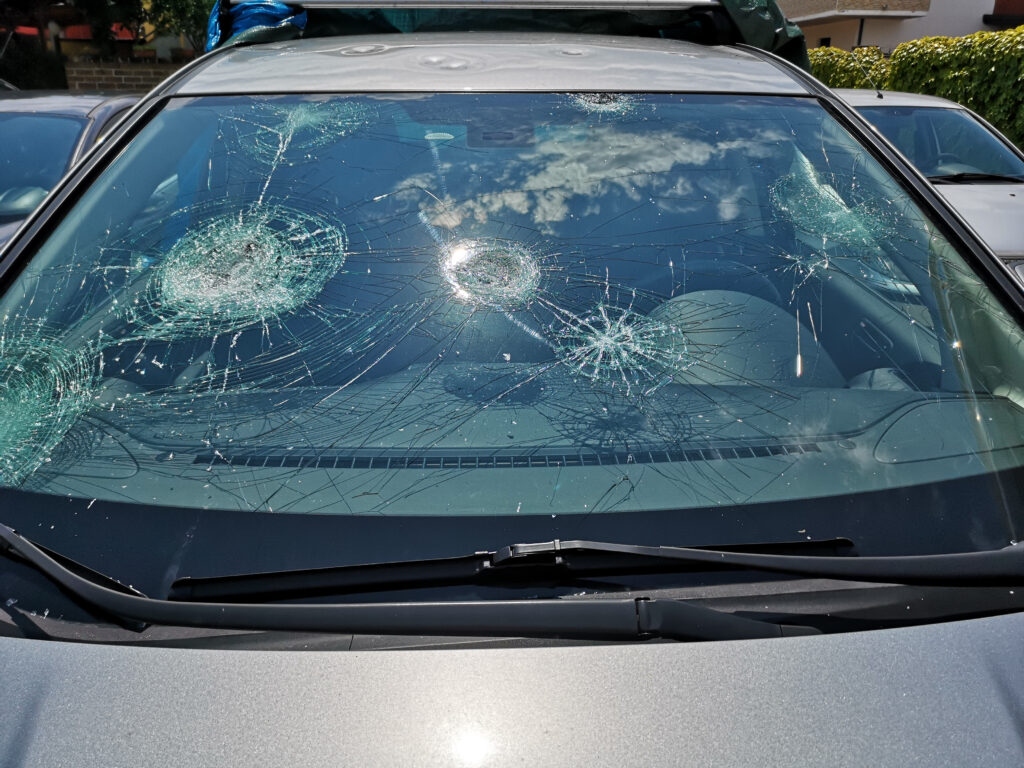Auto Insurance Coverage Components
One size DOESN’T fit all in the world of auto insurance. Within limits, policies can — and often should — be customized to fit each buyer’s unique needs and budgetary considerations.
Coverage Within Coverage
Auto insurance is really a package of several different types of coverage with each priced separately and each protecting you from specific losses. Basic coverage typically includes the following sub-coverages:
Liability
 Coverage for someone else’s accident-related expenses if you are found to be at fault.
Coverage for someone else’s accident-related expenses if you are found to be at fault.
- Bodily Injury Liability pays up to coverage limits for medical expenses, lost wages, and pain and suffering.
- Property Damage Liability pays up to coverage limits for property damage including vehicles and other property.
- Liability coverage can pay legal defense costs if you are sued.
- Minimum liability coverage limits are set by each state, but it may be advisable to purchase higher coverage limits.
Liability coverage is often quoted as three numbers separated by a slash with each number representing the maximum coverage amounts per category for bodily injury per person, bodily injury total per accident, and property damage. For example, a 30/60/25 policy provides $30,000 of injury coverage per person, $60,000 of total injury coverage, and $25,000 of property damage coverage.
Collision

Coverage to repair damage when your vehicle is in a collision, is hit by another vehicle or object (excluding animals) or because of a rollover.
- Pays the actual cash value of your vehicle – not the replacement value – if it’s a total loss.
- Payments are subject to a deductible, which is a specific amount of money you pay before your insurance company begins to pay on a claim.
- Required by most lenders if your vehicle is financed.
Comprehensive

Coverage that pays to repair damage to your vehicle when the cause is something other than a collision with another vehicle.
- Common examples of losses covered by comprehensive coverage include theft, fire, vandalism, flooding, falling objects, windshield damage, hail, or collision with an animal.
- Pays the actual cash value of your vehicle – not the replacement value – if it’s a total loss.
- Coverage is subject to a deductible, which is a specific amount of money you pay before your insurance company begins to pay on a claim.
Medical Payments and Personal Injury Protection
Coverage for you and your passengers’ medical bills, regardless of who is at fault.
- Medical Payments coverage pays for you and your passengers’ accident-related medical expenses only.
- Personal Injury Protection coverage is like medical payments coverage but is more comprehensive and generally pays for medical expenses, lost wages, rehabilitation costs and other medically related accident costs.
- Each state’s insurance laws dictate what is required in this category.
Uninsured/Underinsured Motorist
Coverage for your medical and property expenses when someone else is at fault but doesn’t have insurance or doesn’t have enough.
- Provides coverage if you are in a hit-and-run.
- Although these are two separate types of coverage, they are sometimes bundled together.
- Requirements of this coverage vary by state.
Optional coverage that can sometimes be purchased includes:
-
Rental Reimbursement
Coverage for a rental if your vehicle is undrivable after an accident. -
Towing/Roadside Assistance
Coverage if your car needs to be towed or you require roadside assistance.
Customize, Customize, Customize
Certain insurance coverages and amounts may be required by your state’s laws or your lender’s contractual requirements, but there are still several customizable aspects to most auto insurance policies.

